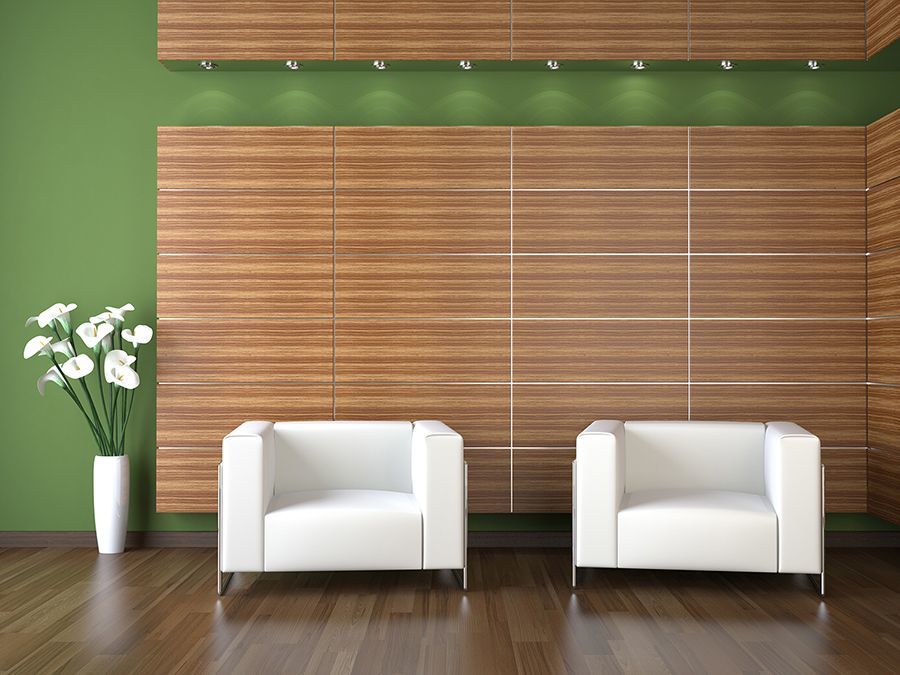Blog
Designing Medical Waiting Rooms
 Many studies have been conducted examining the physical environment’s effect on well-being. This field of study is also referred to as “evidence based design” and has become a popular practice in the healthcare design field. The goal of evidence based design is to keep the patient experience in mind and create a stress free environment that will improve patient well-being.
Many studies have been conducted examining the physical environment’s effect on well-being. This field of study is also referred to as “evidence based design” and has become a popular practice in the healthcare design field. The goal of evidence based design is to keep the patient experience in mind and create a stress free environment that will improve patient well-being.
When it comes to designing waiting rooms for hospitals, doctor offices and clinics, waiting for appointments can be stressful and frustrating, but with carefully planned design, you may be able to make a patient’s experience more relaxing and enjoyable. This visual guide to designing medical waiting rooms by OfficeFurniture.com helps illustrate the most important elements of waiting room design to keep in mind.

Below, is a breakdown of the key things to keep in mind when planning or updating the design of your waiting room:
- Color Choices – By sticking to neutral colors, you can enhance patient relaxation and reduce stress. Pantone is a great resource for color inspiration.
- Lighting – Having multiple light sources can improve the waiting room atmosphere. Incorporate natural light when possible.
- Family/Kids Play Area – Having a kids play area in the waiting room keeps kids occupied while they wait to see their physician and can help reduce stress while they wait.
- Artwork – Artwork can help reduce stress and provide a relaxing element to a waiting room. Stick to pieces that aren’t too busy, such as nature related paintings.
- Music – Music can bring a calming and relaxing elements to patients while they wait. Slow and stable tempo music is ideal.
- Furniture Configurations – Having multiple furniture configurations can help meet the needs of patients and their families, giving them extra options and privacy.
Sources: http://www.officefurniture.com/blog/designing-medical-waiting-rooms







